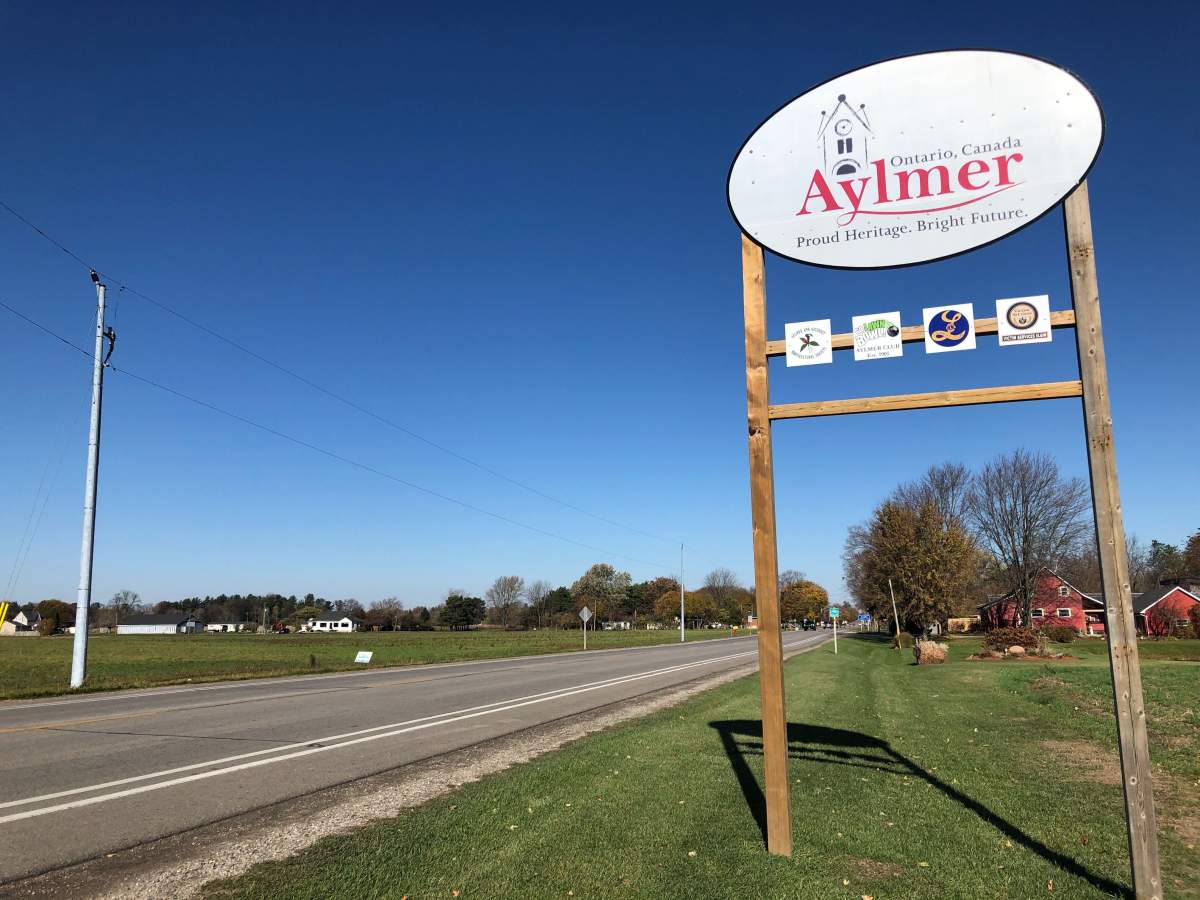Several municipalities in Elgin and Oxford counties will have capacity restrictions reintroduced this week in a bid to curb rising COVID-19 case-rates in the region.

Aylmer, Bayham, Blandford-Blenheim, Malahide, Norwich, South-West Oxford, Tillsonburg, and West Elgin will have capacity limits reinstated as of 12:01 a.m. Dec. 2, officials with Southwestern Public Health (SWPH) said on Monday.
The eight municipalities, nearly half of the region’s municipalities, the health unit says, are being targeted as they have weekly incidence rates of 80+ cases per 100,000 people, and/or full vaccination rates of fewer than 80 per cent for residents 12 and older.
The tightened capacity limits will be on par with measures implemented under Stage 3 of the province’s reopening plans. They will remain in place for at least six weeks, until Jan. 10, 2022, the health unit said.
As a result of the reintroduced limits, capacity at restaurants and bars will be limited to 50 per cent indoors, with patrons seated at different tables and physically distanced, the health unit said.
A 50 per cent indoor capacity limit will also be implemented for sport and recreational fitness facilities, personal care services, indoor recreational amenities, meeting and event spaces, concert venues, and theatres and cinemas, the health unit said.
The region’s medical officer of health, Dr. Joyce Lock, is issuing a Letter of Instruction requiring that weddings, funerals and religious services cap gathering limits to 50 per cent.
“The Letter of Instruction does not amend the provincially set limits of 25 people for gathering indoors or 100 people for gathering outdoors, although individuals are strongly recommended to limit indoor gatherings for their own safety,” the health unit said in a media release.
In a statement, Lock said cases in the Elgin-Oxford region have risen steadily, necessitating the reintroduction of capacity limits.

Get weekly health news
“Our test per cent positivity, our number of cases per 100,000 people, and the pressure on our hospitals all indicate measures must be put into place to stem this rise,” Lock said.
“These high case counts are taxing local health care providers and disrupting both workplaces and schools.”
At least 691 cases and seven COVID-19-related deaths were reported in SWPH’s jurisdiction between Oct. 29 and Nov. 29. In comparison, 388 cases and five deaths were reported in the region between Sept. 29 and Oct. 29, according to health unit data.
As of Monday, 211 cases were active in Elgin-Oxford, up from 162 one week earlier, 159 two weeks earlier, and 129 three weeks earlier. Of the 211 cases active in the region, 40 were in Tillsonburg, 36 were in Woodstock, 35 were in St. Thomas, and 29 were in Aylmer.
“We continue to see the trend that the majority of COVID-19 patients requiring hospitalization are unvaccinated,” said Perry Lang, president and CEO of Woodstock’s hospital in a statement. “For this reason, I urge anyone who has not already done so to get vaccinated.”
At least 16 COVID-19 patients were in the care of hospitals in SWPH’s jurisdiction as of Sunday, with 11 at St. Thomas Elgin General Hospital (STEGH) and five at Tillsonburg District Memorial, according to provincial data.
As of Sunday, STEGH’s intensive care unit was operating at 125 per cent capacity and was caring for five COVID-19 patients, according to provincial data.
Earlier this month, STEGH brass described a “dire situation” at the hospital as case counts in the region climbed.
“We have reached our capacity to care for critically ill patients and our hospital is operating above capacity — both of which are the direct result of COVID-19,” said Dr. Waleed Chehadi, the hospital’s chief of staff, at the time.
The region’s overall vaccination rate is 74.9 per cent for first doses and 72.6 per cent for both doses. The health unit notes the figure includes all residents.
The Aylmer area has among the lowest vaccination rates in Ontario, as well as one of the province’s highest test positivity rates, according to data from the non-profit health research group ICES.
As of Oct. 31, only 52 per cent of people 12 and up in N5H, the Canada Post forward sortation area comprised mostly of Aylmer, had received at least one dose. Updated figures are expected Dec. 10, ICES says.
The region with the second lowest first-dose rate, 59.5 per cent, was N0J, which spans both Elgin and Oxford counties, covering rural areas outside of Ingersoll, Tillsonburg and Woodstock. Part of the FSA falls under the jurisdiction of a neighbouring health unit.
According to weekly testing data published by ICES, N5H had the third highest weekly per cent positivity rate in Ontario as of Nov. 10, the most recent data available, with 14.81 per cent.
P0J under Timiskaming Health Unit saw the highest, 16.27 per cent, while L9J under the Simcoe Muskoka District Health Unit was second with 15.22 per cent.
During the entire pandemic, Aylmer has recorded at least 771 COVID-19 cases, a cumulative case rate equivalent to 10,291 per 100,000 people. In contrast, Woodstock, which has has 1,195 cases during the pandemic, the most of any municipality in SWPH’s area, has a cumulative rate of 2,921 cases per 100,000.


















Comments